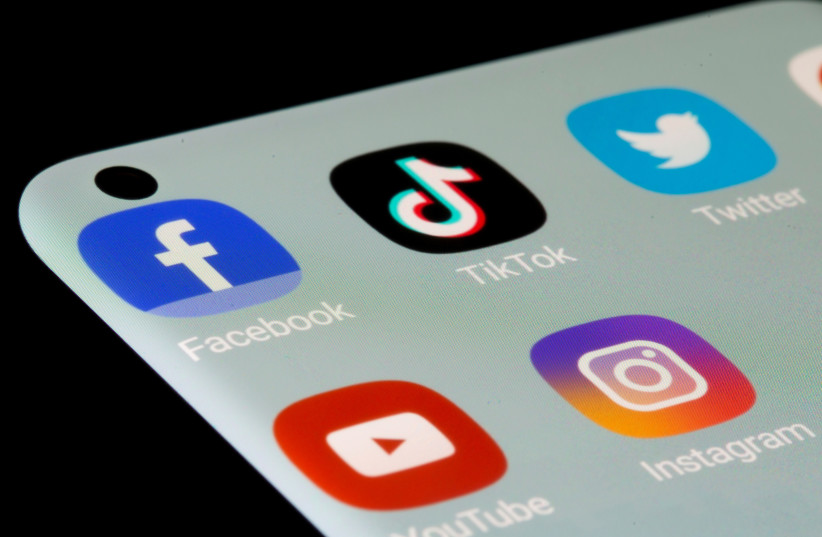Users of WhatsApp, email, and social media use emojis - first presented in 1998 – almost as much as actual text. Shigetaka Kurita created graphic images as an ingenious way to incorporate images in the limited space on the screen.
Designing the first 180 – including a sad face, a key, a bomb, and an enigmatic yellow cat – for a Japanese mobile web platform, he soon found that everybody was getting into the act, especially when Apple added the official emoji keyboard to its iPhone in 2008.
Facebook Messenger users alone send about five billion of them daily. Although many people think the word comes from “emotion,” it actually comes from the Japanese word for picture (pronounced “eh”) and letter (moji).
Researchers at the School of Medicine at the University of California at Riverside thought that emoji could be used for healthcare communication because of their universal appeal and accessibility to diverse populations.
Also, certain health conditions such as stroke, brain injury, or vocal impairments can create substantial barriers to good communication between doctor and patient.
A universal way to communicate

Writing in the journal JAMA Network Open under the title “Interpreting Emoji: A Language for Enhancing Communication in Health Care,” they make a strong case for the use of emoji to improve communication between patients and physicians.
“By promoting more effective communication between patients and care providers, as well as between clinicians themselves, a universal emoji-based language system with a common agreement of meanings can be developed,” the researchers wrote.
They noted that emoji for common medical items such as a syringe, stethoscopes and pills exist, but there is a noticeable absence of emoji to represent most organs of the body such as the intestine, liver, and kidneys, and medical equipment, such as an IV bag and weight scale.
Psychiatry and neuroscience Prof. Kendrick Davis of the School of Medicine has been designing an emoji-based measurement system for more than two years that use emoji to measure mental health in college students.
“Emojis have universal appeal,” Davis said.
Simplifying complicated medical jargon
“Their use can bypass levels of education, language, and age. They open a bridge for communication. Most communication in the medical field is not purely linguistic and usually involves surveys or questionnaires – but that is where breakdowns occur.”
Surveys are usually circulated to patients in a variety of different stages of their care, but many surveys are full of language that can introduce a barrier, he said. “This is where emoji, which are friendly and universally utilized, come into play by replacing survey language that can be hard for some patients to understand.”
His co-authors Dr. Shuhan He of Harvard Medical School and Jennifer Lee of California’s Emojination and Unicode added that “to establish a standardized set of medically relevant emoji, it is crucial for medical societies and relevant organizations to not only endorse individual emoji but also come together to agree on a comprehensive set of symbols that are universally recognized and understood.”
This barrier could be difficulty speaking while being mechanically ventilated,” Davis said. “A patient could also simply not be able to speak while receiving clinical care. Emoji can be helpful in such situations with the patient simply pointing to an emoji on a scale to indicate how they feel. Emoji can also be useful in countries where illiteracy is high.”
Using emoji, one can greatly condense the questionnaire sent out to patients. “Hopefully, this appeals to patients, leading to an increase in response rates.” He has designed more than 500 surveys and questionnaires for my medical school in the past decade and has found people don’t respond well to surveys.
“No one wants to answer pages and pages of questions, no matter how they much incentive they are given. With emoji, you can condense the content and quickly get to the point of the most pressing issues and questions.”
